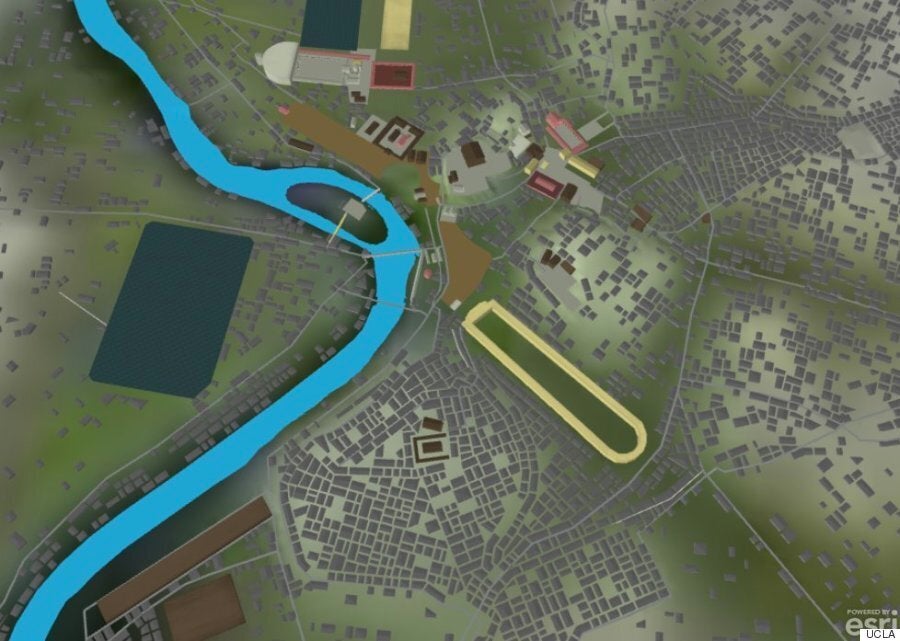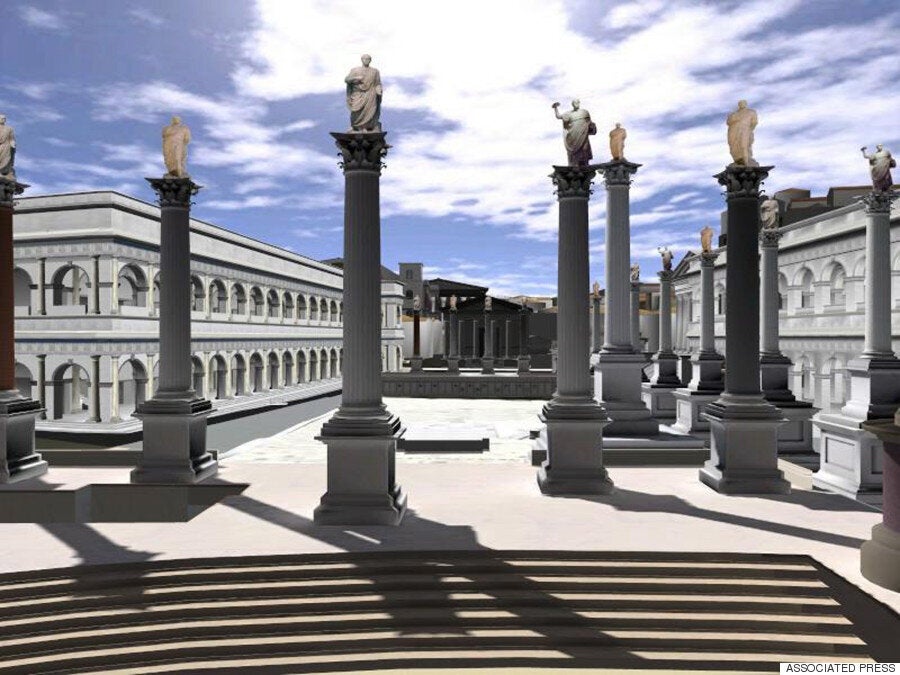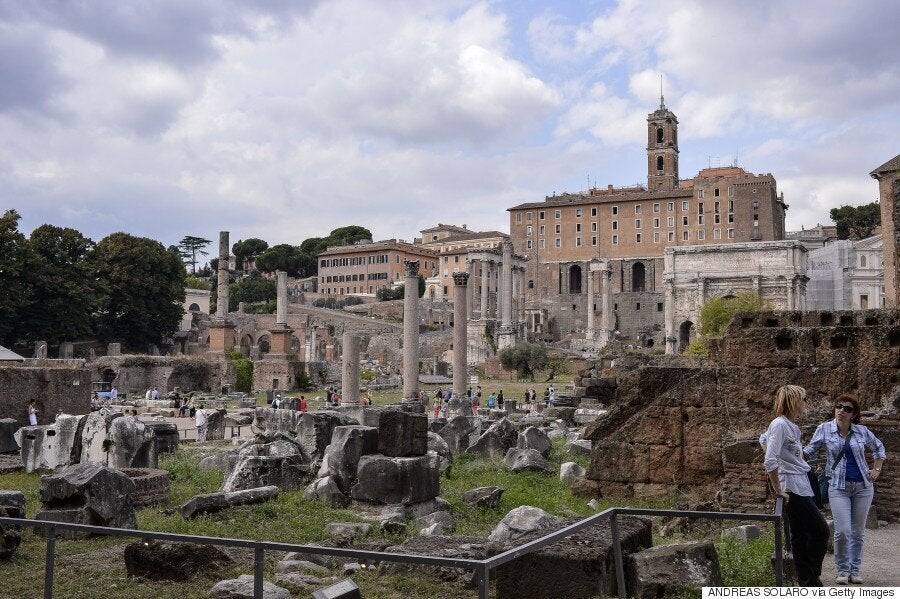Researchers at the University of California Los Angeles (UCLA) have used architectural modeling software to create a 3D map of ancient Rome during the time of Augustus (between 44BC and 14AD). However, contrary to the boast of the Emperor, who said he "found Rome a city of bricks and left it a city of marble," the model suggests much of the city remained in brick under his leadership, dispelling the myth.
"Many scholars have looked at Augustus’ claim from a political standpoint, as a metaphor for him transforming a republic into an empire,” said Dr Diana Favro, who led the project. "I wanted to see if Rome literally transformed under his rule. Given the literary descriptions and artwork, I thought these glittering marble temples on high would be very visible, but they were not."

Dr Favro's 3D model revealed that the 'city did not greatly transform' under Emperor Augustus, despite his boast

This 2007 digital reconstruction provided by Virginia's Institute for Advanced Technology shows the steps on the back side of the Caesarian speakers' platform, the Aemilia Basilica law court at left, and the Basilica Julia law court at right

Tourists visit the Ancient Roman Forum (Foro Romano) in front of Capitol Hill in central Rome, on October 1st, 2014 after the city restored ancient street as part of bi-millennium of emperor Augustus
The software shows how the city transformed under the Emperor’s rule, with those buildings in marble denoted by pink, those made from brick made marked in brown and those under construction coloured yellow. The model, which was created using historical records, revealed that only a few buildings were made from marble, including the Basilica Julia and the Temple of Venus, however these structures were not visible from street level.
According to Favro, the Emperor did order the construction of many large structures made from marble, however much of the city remained clad in brick. "Because they saw construction taking place constantly, I believe people really did think that Rome had been transformed into marble," she said. "But in reality, the city did not greatly transform."